Home>Gardening & Outdoor>Outdoor Recreation & Activities>How Does A Swimming Pool Sand Filter Work
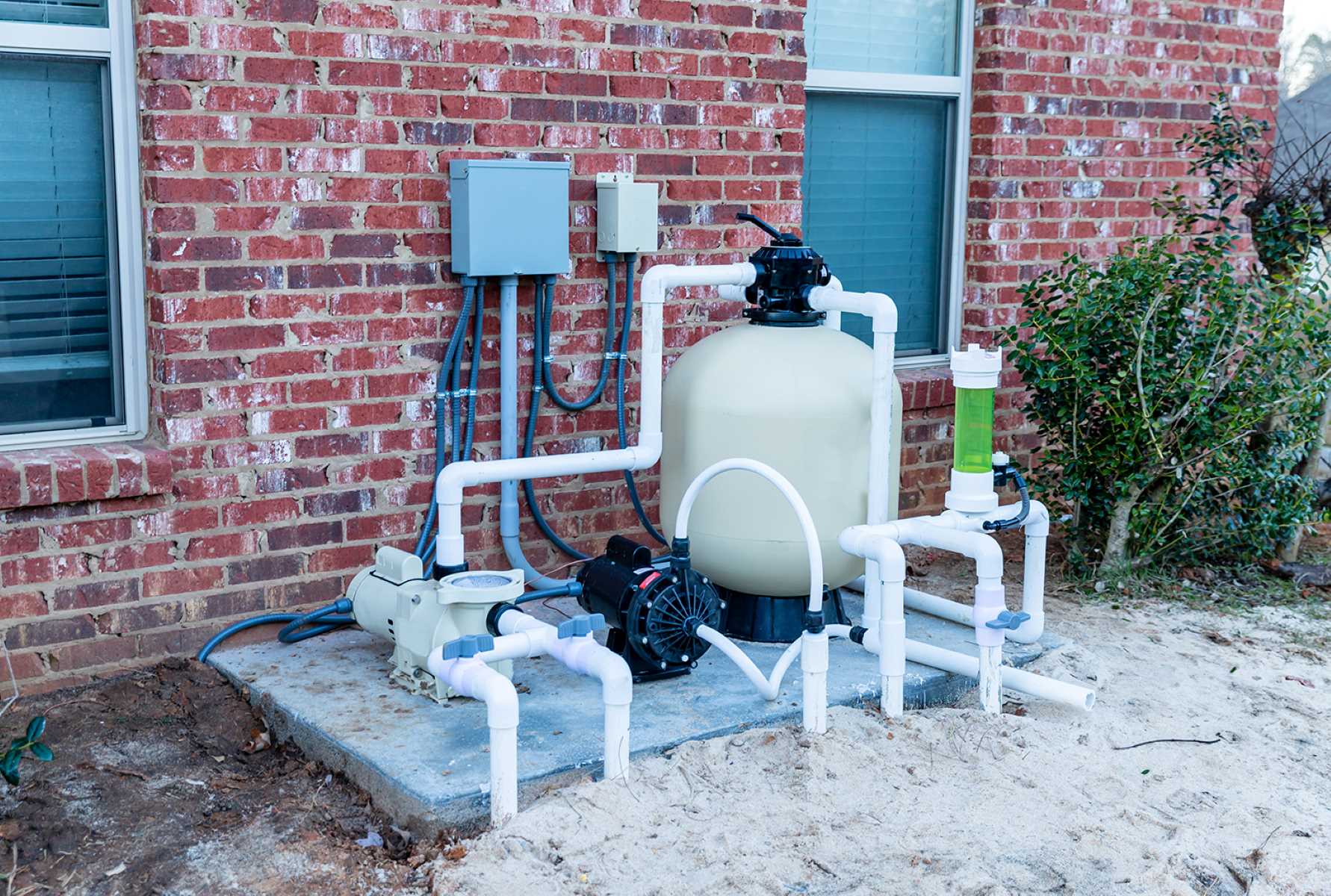

Outdoor Recreation & Activities
How Does A Swimming Pool Sand Filter Work
Published: February 17, 2024
Discover how a swimming pool sand filter works and keeps your pool clean and safe. Learn about outdoor recreation and activities with our expert guide.
(Many of the links in this article redirect to a specific reviewed product. Your purchase of these products through affiliate links helps to generate commission for Storables.com, at no extra cost. Learn more)
Introduction
A swimming pool sand filter is a crucial component of a pool's filtration system, playing a vital role in maintaining clean and clear water. Whether you're a pool owner or simply interested in understanding the inner workings of this essential equipment, delving into the functionality of a sand filter can provide valuable insights.
In this article, we will explore the intricate process by which a swimming pool sand filter operates, from the initial filtration stage to the maintenance and care required to ensure optimal performance. Understanding the inner workings of a sand filter not only fosters a deeper appreciation for the technology involved but also empowers pool owners to make informed decisions regarding their pool maintenance.
Join us as we dive into the fascinating world of swimming pool sand filters, unraveling the mechanisms that keep pool water pristine and inviting.
Key Takeaways:
- A swimming pool sand filter acts like a silent guardian, trapping dirt and debris to keep pool water clean and safe for swimming, creating an inviting environment for all pool users.
- Regular maintenance, such as backwashing and filter inspection, is crucial to ensure the sand filter operates efficiently, preserving the purity and clarity of the pool water for a safe and enjoyable swimming experience.
Read more: How Does A Swimming Pool Filter Work
The Function of a Swimming Pool Sand Filter
A swimming pool sand filter serves as a critical element in the pool's filtration system, responsible for removing impurities and debris from the water. Its primary function is to capture and trap particles, ensuring that the water remains clean and safe for swimming. The filter operates as a key line of defense against contaminants, playing a pivotal role in maintaining water clarity and quality.
The sand filter functions as a highly efficient purification mechanism, utilizing a bed of specially graded sand to effectively trap debris and impurities. As water flows through the filter, the sand bed acts as a natural sieve, capturing particles and preventing them from circulating back into the pool. This process is essential for eliminating dirt, leaves, insects, and other unwanted substances that can compromise the water's cleanliness.
Moreover, the sand filter's function extends beyond mere particle removal. It also plays a crucial role in maintaining the pool's chemical balance. By capturing organic matter and other pollutants, the filter helps prevent the buildup of harmful compounds that can affect the water's pH levels and overall chemical composition. This, in turn, contributes to a safer and more enjoyable swimming experience for pool users.
In essence, the function of a swimming pool sand filter can be likened to that of a silent guardian, tirelessly working to uphold the purity and hygiene of the pool water. Its ability to efficiently capture and retain impurities underscores its significance as an indispensable component of any pool system. Understanding the pivotal role of the sand filter sheds light on its importance in preserving the overall health and appeal of a swimming pool.
In the subsequent sections, we will delve deeper into the intricate process of filtration, shedding light on the mechanisms that drive the sand filter's remarkable ability to maintain crystal-clear water. Additionally, we will explore the essential maintenance and care practices that ensure the filter operates at peak efficiency, safeguarding the pool's water quality.
The Process of Filtration
The process of filtration in a swimming pool sand filter is a meticulously orchestrated sequence that effectively removes impurities and debris from the water, ensuring a pristine and inviting swimming environment. Understanding the intricacies of this process unveils the remarkable efficiency and effectiveness of sand filters in maintaining crystal-clear pool water.
-
Initial Filtration Stage: The filtration process commences as water from the pool is drawn into the sand filter through the inlet pipe. Upon entering the filter, the water encounters the bed of specially graded sand, which serves as the primary medium for capturing impurities. As the water permeates the sand bed, the particles and debris present in the water are effectively trapped, preventing their circulation back into the pool.
-
Capturing and Retaining Impurities: The graded sand within the filter acts as a natural sieve, capturing particles such as dirt, leaves, insects, and other contaminants. This mechanism is facilitated by the intricate arrangement of the sand particles, which create a barrier that impedes the passage of impurities. As a result, the water that emerges from the filtration process is notably cleaner and free from the unwanted substances that can mar its clarity.
-
Continuous Purification: The filtration process is designed to operate continuously, ensuring that the pool water remains consistently purified. As water flows through the sand filter, the captured impurities accumulate within the sand bed, allowing the clean water to proceed back into the pool. This seamless cycle of purification is essential for maintaining optimal water quality and upholding the visual appeal of the pool.
-
Enhanced Water Clarity: Through the process of filtration, the sand filter contributes significantly to enhancing the clarity of the pool water. By effectively removing impurities and debris, the filter ensures that the water remains visibly clear and inviting, creating an aesthetically pleasing environment for swimmers.
-
Chemical Balance Maintenance: In addition to particle removal, the filtration process also aids in maintaining the pool's chemical balance. By capturing organic matter and pollutants, the sand filter helps prevent the accumulation of substances that can disrupt the water's pH levels and overall chemical composition. This aspect is crucial for ensuring a safe and enjoyable swimming experience for pool users.
In essence, the process of filtration in a swimming pool sand filter is a sophisticated and continuous endeavor aimed at preserving the purity and clarity of the pool water. By effectively capturing and retaining impurities, the filter plays a pivotal role in upholding the visual appeal and hygiene of the swimming pool, making it an indispensable component of the overall filtration system.
Maintenance and Care of a Sand Filter
Proper maintenance and care are essential for ensuring the optimal performance and longevity of a swimming pool sand filter. By implementing regular maintenance practices and exercising diligent care, pool owners can uphold the efficiency of the filter, thereby preserving the cleanliness and clarity of the pool water. Here's a comprehensive guide to the maintenance and care of a sand filter:
Regular Backwashing:
Regular backwashing is a fundamental maintenance practice that helps prevent the accumulation of debris and impurities within the sand filter. Backwashing involves reversing the flow of water through the filter, effectively dislodging and expelling the trapped particles from the sand bed. This process helps rejuvenate the filter's filtration capacity, ensuring that it continues to operate at peak efficiency.
Inspecting and Cleaning the Filter:
Periodic inspection and cleaning of the sand filter are crucial for identifying any potential issues and maintaining its functionality. Pool owners should routinely inspect the filter for signs of damage, wear, or clogging. Additionally, cleaning the filter elements and removing any accumulated debris can prevent impediments to the filtration process, promoting uninterrupted water purification.
Monitoring Pressure Gauges:
Monitoring the pressure gauges associated with the sand filter is an important aspect of maintenance. An increase in pressure within the filter system can indicate a buildup of debris and contaminants, signaling the need for backwashing. By regularly monitoring the pressure gauges, pool owners can proactively address filtration issues and maintain the filter's effectiveness.
Replacement of Filter Media:
Over time, the sand within the filter can become worn and less effective in capturing impurities. Periodic replacement of the filter media is essential for sustaining the filter's efficiency. By replenishing the sand bed or other filter media at recommended intervals, pool owners can ensure that the filtration process remains robust and reliable.
Professional Servicing:
Engaging professional servicing and maintenance for the sand filter is advisable to address complex issues and uphold its long-term functionality. Professional technicians can conduct thorough inspections, identify underlying problems, and perform specialized maintenance tasks, contributing to the overall health of the filtration system.
Read more: How Does A Swimming Pool Pump Work
Seasonal Shutdown and Start-Up:
During seasonal shutdowns, such as winterization, proper care should be taken to prepare the sand filter for inactive periods. This may involve draining the filter, protecting it from freezing temperatures, and implementing storage measures to safeguard its components. Subsequently, during start-up for the swimming season, the filter should be carefully reactivated and primed for optimal performance.
By adhering to these maintenance and care practices, pool owners can ensure that their sand filter operates at peak efficiency, consistently delivering clean and inviting pool water. Diligent maintenance not only prolongs the lifespan of the filter but also contributes to a safe and enjoyable swimming experience for all pool users.
Conclusion
In conclusion, the intricate workings of a swimming pool sand filter unveil a remarkable fusion of technology and natural processes, culminating in the maintenance of pristine and inviting pool water. The pivotal role played by the sand filter in capturing and retaining impurities cannot be overstated, as it stands as a stalwart guardian of water clarity and hygiene.
The process of filtration, characterized by the seamless flow of water through the graded sand bed, embodies a harmonious synergy of efficiency and effectiveness. By systematically trapping debris and contaminants, the filter ensures that the pool water remains visibly clear and free from unwanted substances. Moreover, its contribution to maintaining the pool's chemical balance underscores its multifaceted significance in preserving water quality.
Furthermore, the maintenance and care of a sand filter emerge as essential pillars in sustaining its optimal performance. From regular backwashing to professional servicing, each maintenance practice contributes to the filter's longevity and functionality, ultimately safeguarding the purity of the pool water. Pool owners who diligently adhere to these maintenance guidelines can enjoy the assurance of consistently clean and inviting pool water, fostering a safe and enjoyable swimming environment.
Ultimately, the enduring appeal of a swimming pool lies in the allure of its pristine water, and the sand filter stands as a silent yet indispensable ally in upholding this standard. Its unyielding dedication to purifying the water reflects a commitment to excellence, ensuring that every plunge into the pool is met with refreshing clarity and uncompromised hygiene.
As we unravel the inner workings of a swimming pool sand filter, we gain a deeper appreciation for the intricate mechanisms that underpin its functionality. From the initial filtration stage to the meticulous maintenance practices, the sand filter embodies a testament to the seamless fusion of technology and nature, working in unison to deliver an unparalleled swimming experience.
In essence, the sand filter transcends its role as a mere component of the pool's filtration system, emerging as a symbol of unwavering dedication to water purity and clarity. Its silent vigilance and steadfast commitment to excellence make it an indispensable cornerstone of every pristine swimming pool, enriching the lives of all who seek solace in the refreshing embrace of crystal-clear water.
Frequently Asked Questions about How Does A Swimming Pool Sand Filter Work
Was this page helpful?
At Storables.com, we guarantee accurate and reliable information. Our content, validated by Expert Board Contributors, is crafted following stringent Editorial Policies. We're committed to providing you with well-researched, expert-backed insights for all your informational needs.
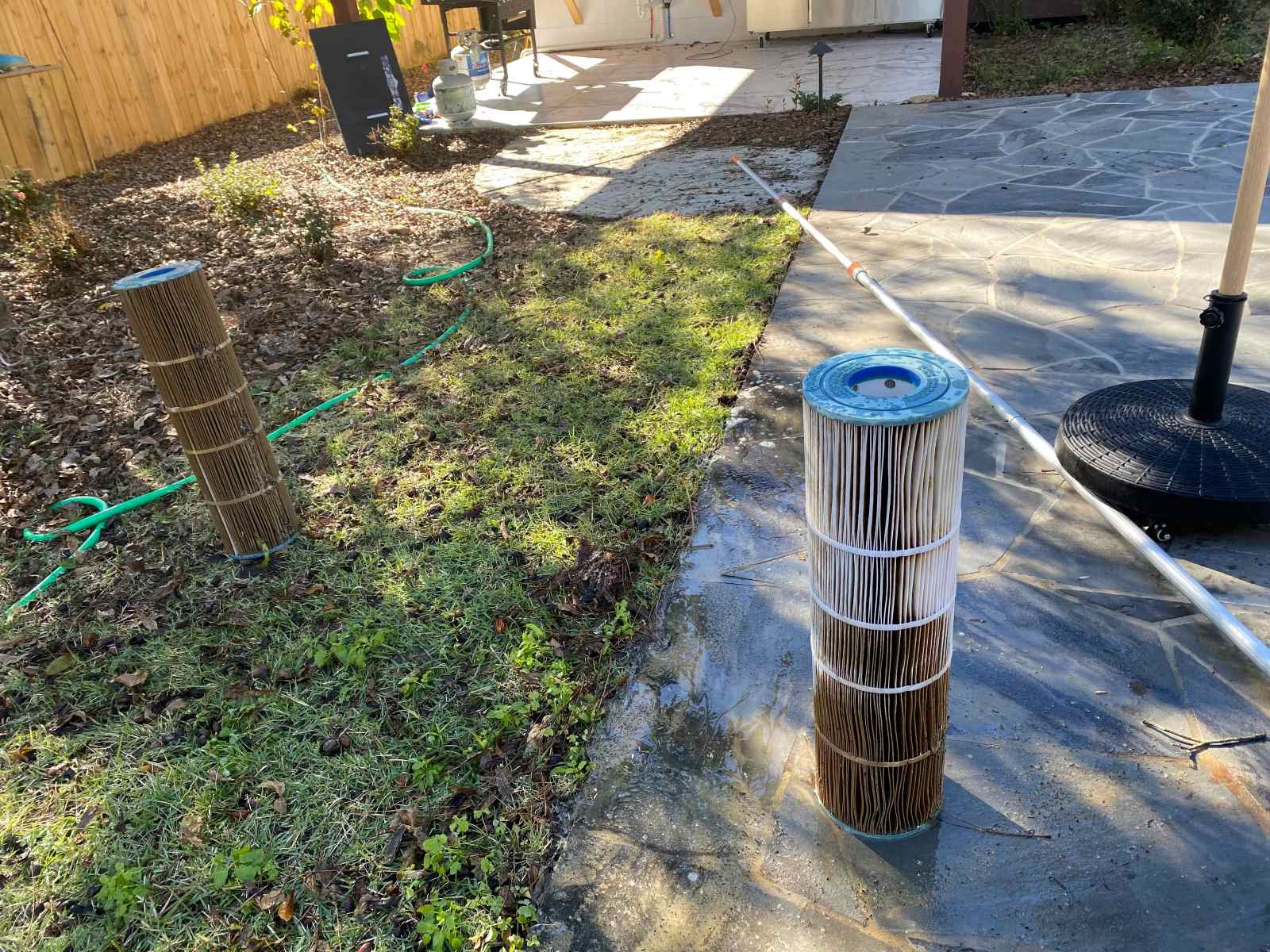

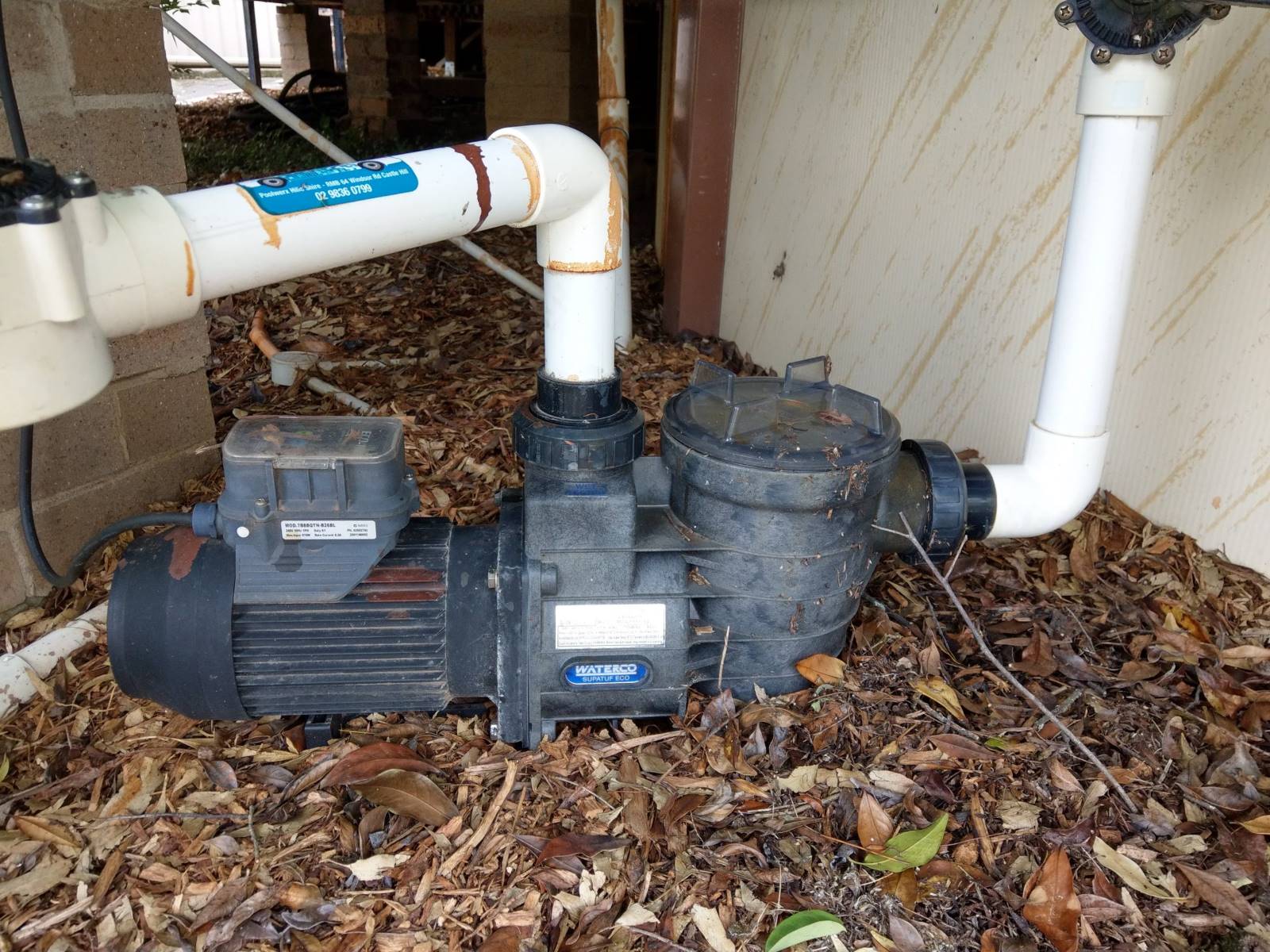
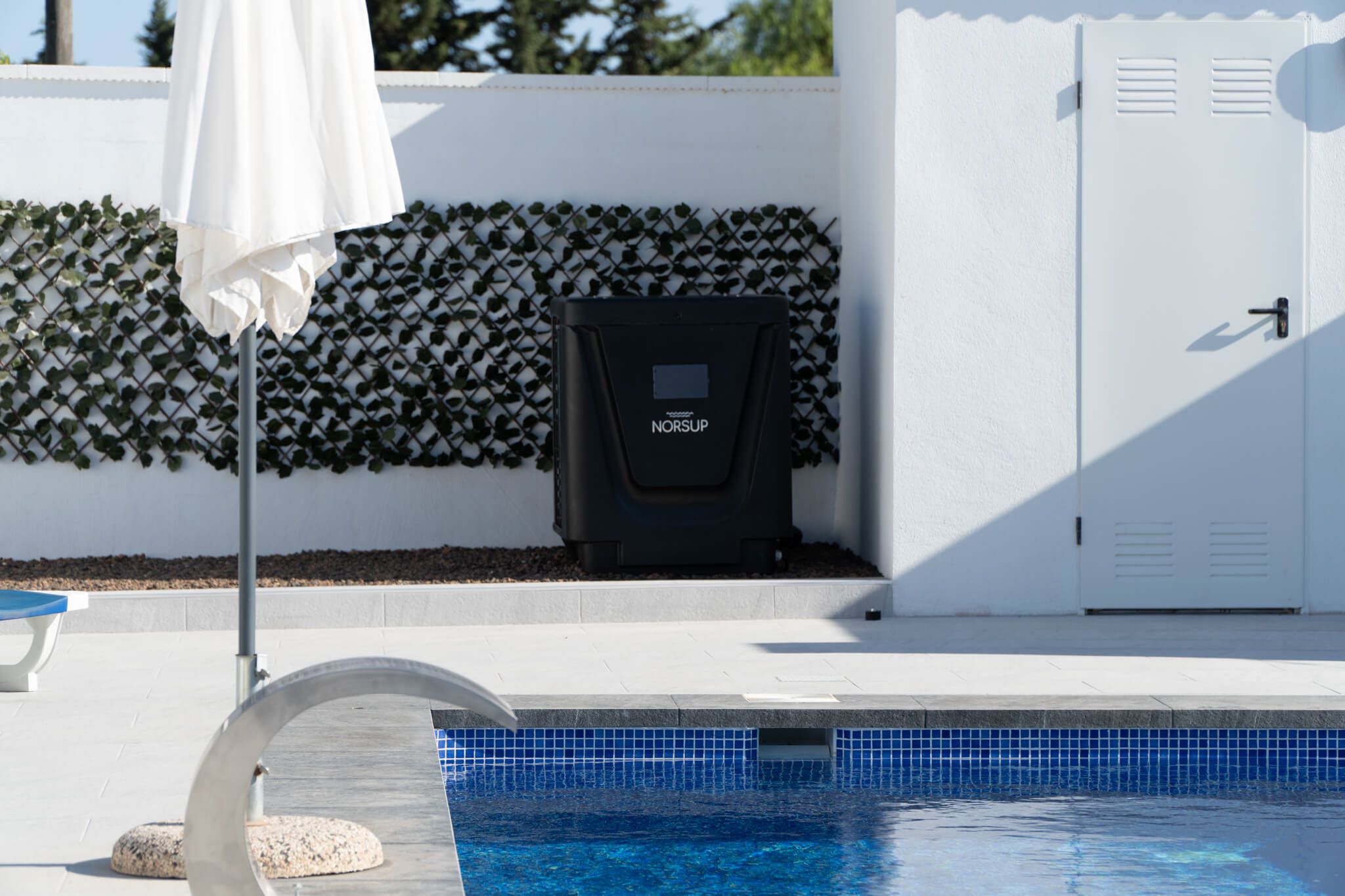
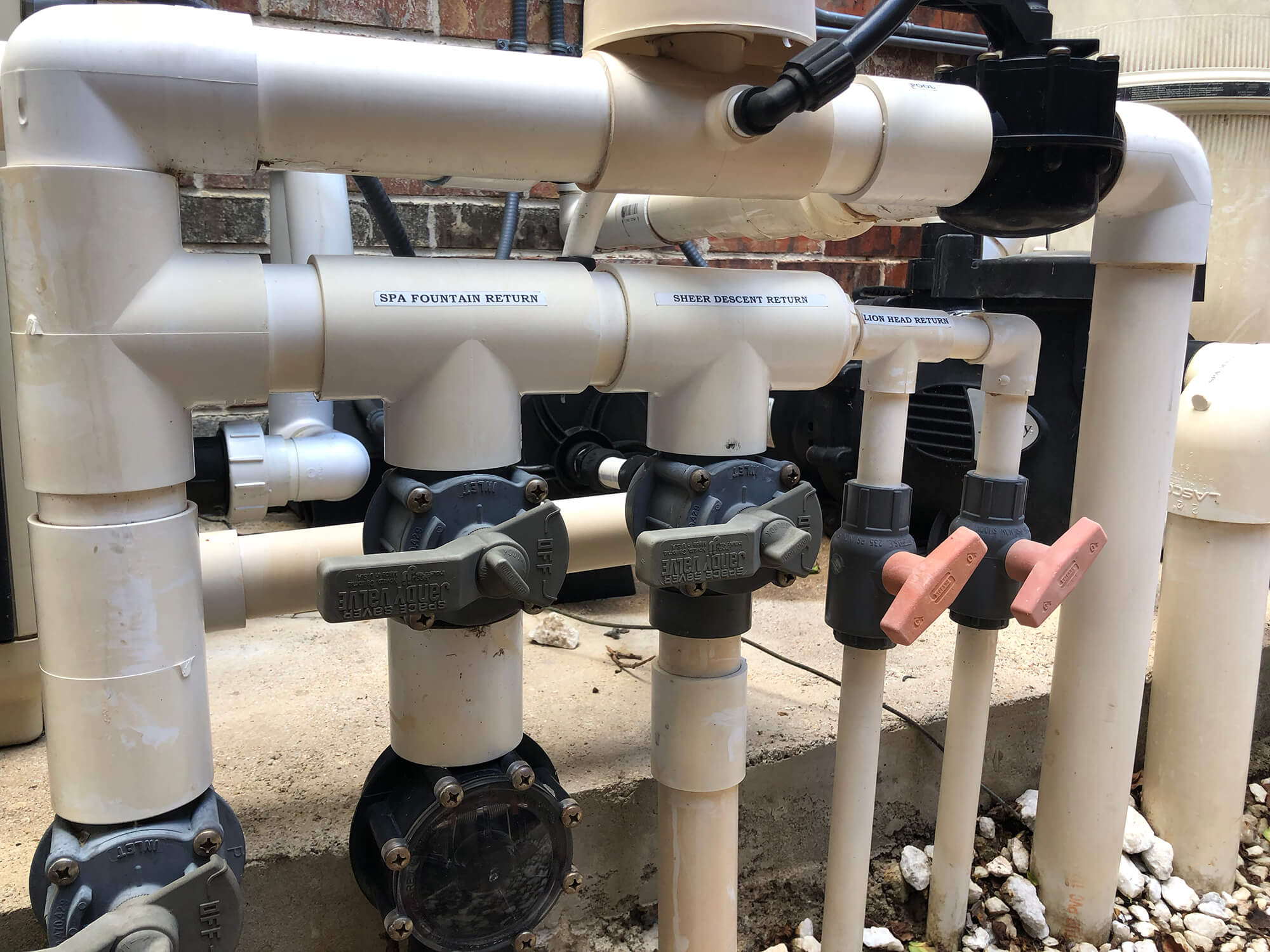
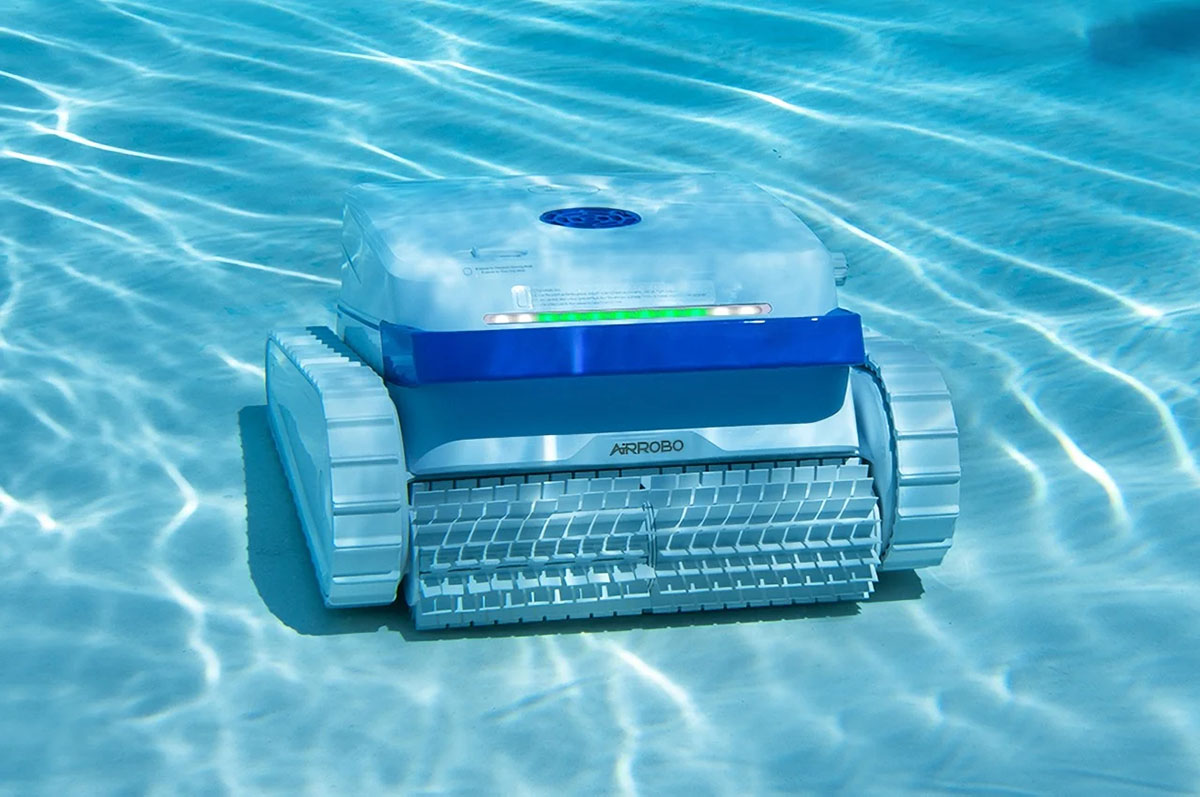








0 thoughts on “How Does A Swimming Pool Sand Filter Work”